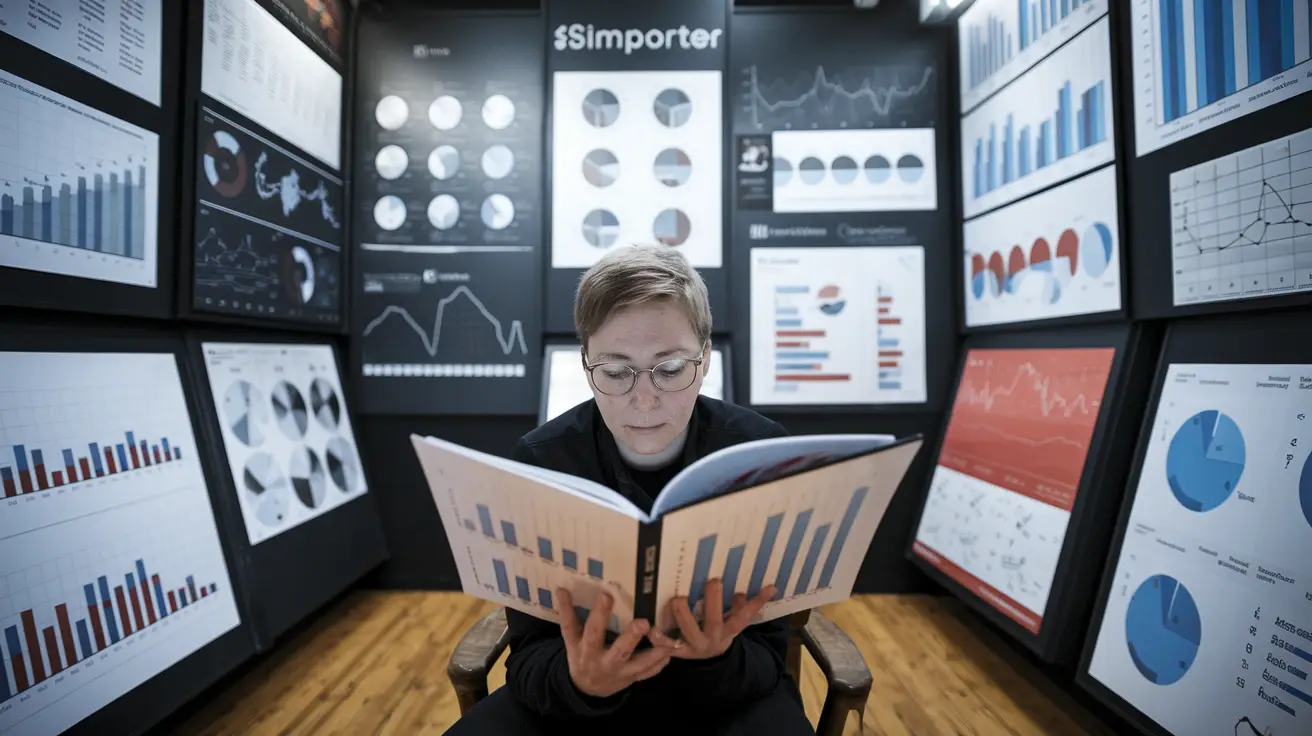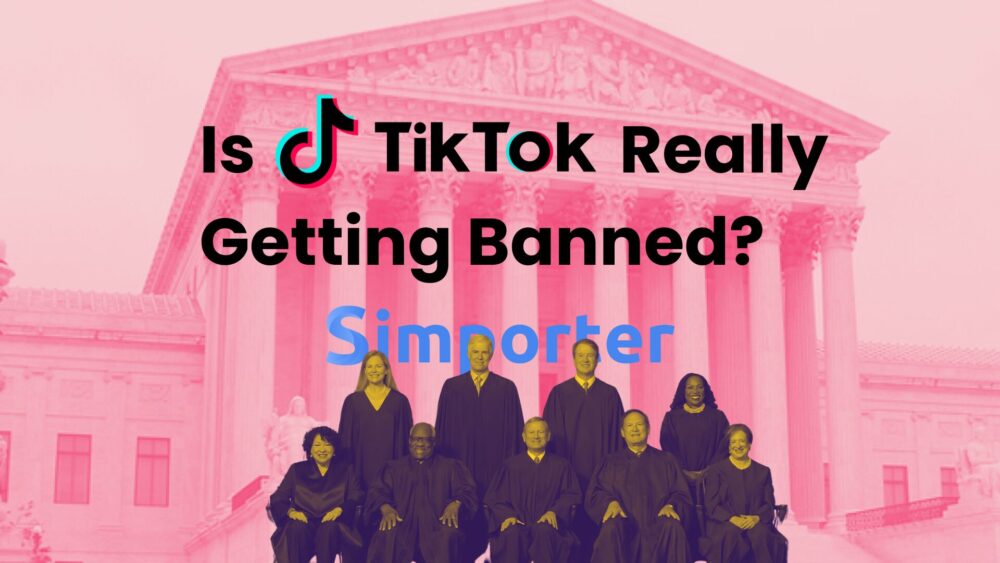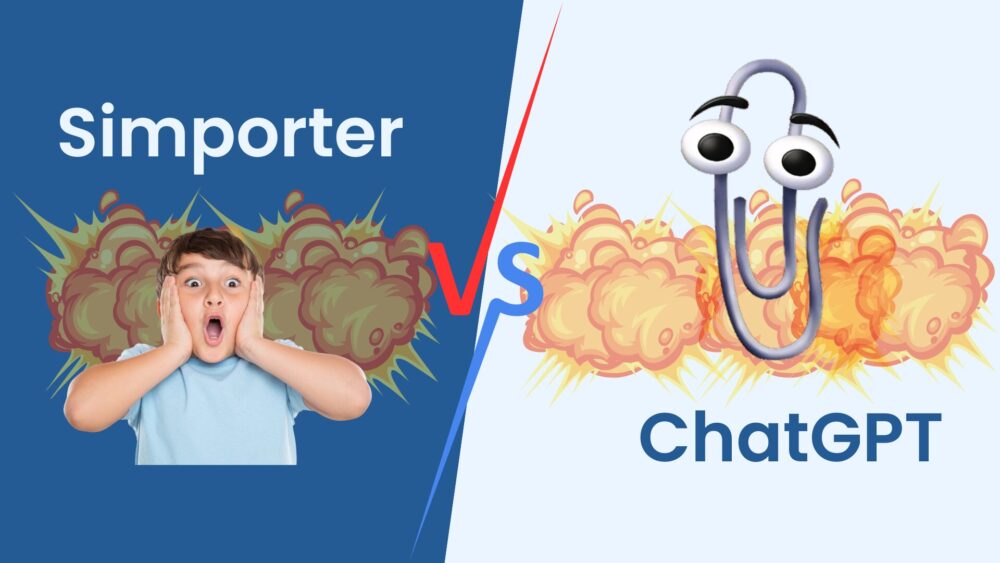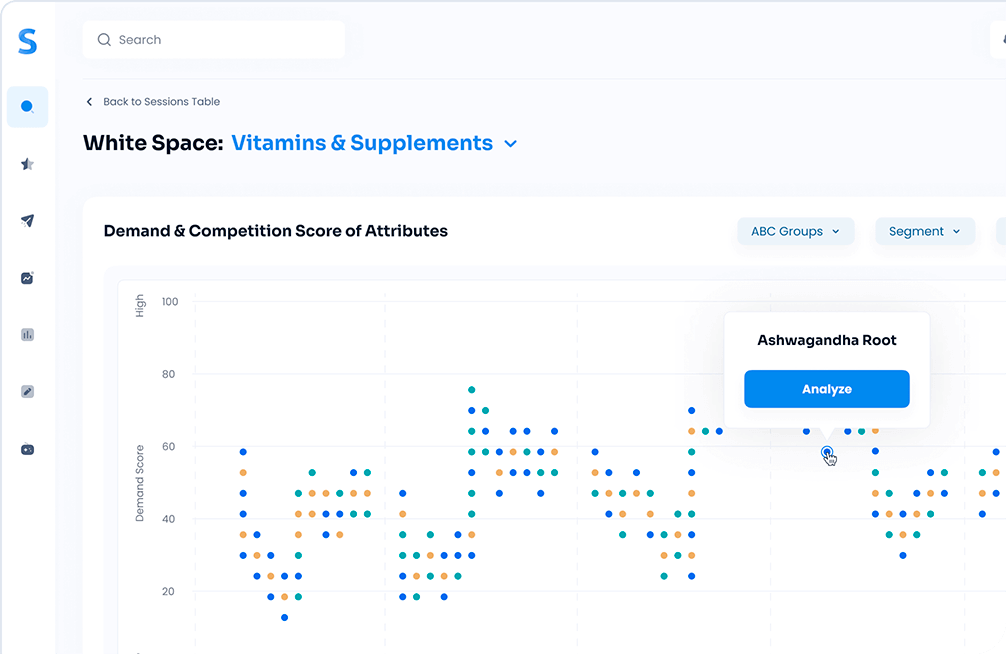Shopper insights give companies a look into how and why people make purchases. It goes beyond what a person buys; it helps businesses understand the choices made along the path to purchase. This knowledge lets brands fine-tune their marketing to fit shopper behaviors, needs, and patterns.
Knowing what shoppers want and why they choose one product over another gives brands an edge. Shopper insights lead to strategies that meet the needs of target buyers in real time, from where products appear on the shelf to special promotions at checkout. This is key for brands aiming to reach their buyers at the right moment.
Shopper Insights and Retail Strategy
Shopper insights add power to retail strategies by showing what influences buyers at each step. Marketers, product managers, and sales teams can make smarter decisions with data that shows the impact of shopper actions, both in stores and online.
Retailers and product makers learn a lot from the data gathered. Insights point to where to place a product in stores, what messaging works best at certain points, and how pricing affects purchase choices. Data from shopper insights helps improve strategies that guide consumers through buying decisions, both in-store and on digital channels. Insights can also reveal emerging needs that are not obvious at first glance, helping brands keep up with changing trends without guessing.
These insights don’t just influence retail. They apply across business functions. Marketing teams shape ads and promotions around the right timing and audience based on insights data. Sales teams know when a campaign works well and which product placements result in more sales. Product teams get clear answers about features shoppers want and which ones don’t hold attention.
Different Types of Data for Shopper Insights
Shopper insights combine different types of data to capture a full picture of the buyer journey. From facts to feelings, this data helps brands see what drives each purchase choice.
Quantitative data includes raw numbers. These might come from surveys, loyalty programs, or sales records. Numbers tell a brand how many people buy a product, how often they buy it, and what else they might purchase at the same time.
Qualitative data goes deeper into why. This often comes from interviews, focus groups, or in-store observations where brands get first-hand details on what shoppers think and feel about a product, display, or ad. While numbers reveal what shoppers do, qualitative data shows why they do it.
Big data analytics adds a broader view. It tracks larger trends, often coming from online shopping behavior, social media patterns, or digital ad interactions. This helps brands see shifts in preferences that appear across different channels, giving a richer perspective on shopper habits. Together, these data types create a clear guide for brand teams making changes to meet shopper needs.
Shopper Insights and Consumer Insights: Key Differences
While shopper and consumer insights may sound similar, each focus serves a unique purpose. Consumer insights target the end-user of a product. They look at why people use certain products, what brand features they value, and the preferences that lead them to buy. For example, a mother buying snacks might care about health benefits for her child, focusing on ingredients or brand reputation.
Shopper insights, by contrast, focus on the person making the purchase decision, not necessarily the end user. This type of insight asks what pulls a shopper toward certain products and why they choose one brand over another during the actual buying process. In some cases, the shopper and consumer are the same person; a man purchasing shaving products for himself is both. But often, the shopper buys products for someone else, making it important to separate motivations of the buyer and user.
These insights serve different goals. Consumer insights support long-term brand strategy, guiding marketing and product development based on what consumers want in a product. Shopper insights, however, help brands understand choices in the store or online. They highlight what influences people as they shop, showing brands the immediate factors that impact sales.
Methods for Collecting Shopper Insights
Collecting shopper insights relies on a mix of research methods, both in-store and online. These methods reveal behaviors, preferences, and reasons behind purchases, giving brands answers that numbers alone can’t provide.
In-store observations and path-to-purchase studies track how shoppers move through a store, which displays catch their eye, and what items they reach for without hesitation. Brands see how shoppers respond to product placement, lighting, and aisle design, gathering details on what works best in physical stores.
Surveys are another major tool. Brands use online and in-person surveys to ask direct questions about shopping habits, brand preferences, and buying decisions. Surveys allow brands to gather both quantitative and qualitative responses, showing numbers and reasons behind them. They may ask about recent purchases, brand loyalty, or product frustrations. Digital surveys can also gather data from online buyers, covering behavior in ecommerce settings.
Virtual shelf testing is valuable for online shopper insights. This method recreates the online shopping experience and helps brands see which digital layouts, product displays, or checkout options perform well. It mimics real shopping settings to show what buyers click on, where they pause, and how different designs affect purchase decisions. View the Top 10 Virtual Shelf Testing suppliers here.
Path to Purchase Studies
Path-to-purchase studies examine the complete buyer journey, from the first brand interaction to the point of purchase. Brands track every step in the process, gathering clues on what catches a shopper’s interest and what leads them to act on it. This research can reveal unexpected stops along the path, showing moments when shoppers get sidetracked or change their minds.
These studies break down the journey into stages, each with specific details. The initial stages might include brand discovery, where ads, social media, or word-of-mouth spark interest. Midway, the shopper might research products, compare prices, and visit stores to see options up close. The final stage, decision-making, happens in-store or online, where they weigh the pros and cons and make the purchase.
With these stages mapped out, brands can see where they need to improve messaging, increase visibility, or streamline the buying process. For example, if many buyers abandon their carts at checkout, brands might simplify the checkout steps or adjust pricing to keep shoppers engaged through the end.
Path-to-purchase studies are essential in a fast-moving market, where small shifts in shopper preferences can lead to major changes in buying patterns.
Shopper Segmentation
Understanding shopper segmentation helps brands group their audience into specific segments, based on shared behaviors, preferences, and demographics. These groups reveal different shopper types, each with its distinct needs and shopping habits. For example, budget-conscious shoppers look for deals and discounts, while convenience-seekers prioritize efficiency and quick access to products.
This segmentation benefits brands by tailoring marketing efforts to each group’s priorities. A store might spotlight discounts and loyalty programs for budget-conscious shoppers, while showcasing one-click checkout options to streamline purchases for convenience-focused buyers. Targeting each segment effectively increases the chances of reaching buyers with the right messaging, promotions, and in-store experiences, resulting in more conversions and higher customer satisfaction.
Shopper segmentation also reveals untapped opportunities for brands. By examining the unique preferences of each group, brands can identify needs that other companies may have overlooked. If a retailer notices a segment of shoppers focused on sustainability, for instance, they could boost eco-friendly product lines or highlight environmental certifications on products. These tailored insights enable brands to cater to shopper needs in ways that enhance loyalty and retention, aligning offerings with each segment’s core values.
Shopping Trip Missions
A key part of understanding shopper insights lies in recognizing various shopping trip missions, or the reasons shoppers visit a store. Each trip mission reflects a different intention behind the purchase. Some shoppers seek routine essentials, while others browse for new items or make impulse buys. Common trip missions include routine trips, stock-up missions, and exploratory visits.
Knowing the specific mission behind each trip allows brands to optimize their store layouts, product placements, and promotions. For example, a shopper on a routine trip to buy groceries will respond well to an organized aisle layout with essential items clearly marked. In contrast, a shopper on an exploratory trip might respond more to product sampling, in-store demonstrations, or eye-catching displays designed to showcase new arrivals.
Brands benefit from this approach by creating an environment that meets the diverse needs of shoppers on different missions. For online stores, this insight helps guide digital layouts, allowing brands to highlight bestsellers for repeat buyers while also featuring new products or limited-time offers for those looking to try something different. These adjustments play a major role in enhancing the shopper experience, maximizing engagement at each point of contact.
Personalizing the Shopper Experience
Personalization has transformed the shopper journey by tailoring each experience to fit the individual. Shoppers now expect brands to know their preferences and respond accordingly, whether online or in-store. With shopper insights, brands can personalize recommendations, special offers, and product placements based on previous behaviors and expressed interests.
In stores, this might mean arranging displays to reflect regional preferences or offering customized in-store promotions that align with local shopping habits. For example, a grocery store could set up seasonal displays based on popular local dishes, creating a sense of familiarity that resonates with nearby shoppers.
Online, personalization takes shape through targeted recommendations and promotional emails that match each shopper’s interests. Brands analyze purchase history, browsing patterns, and even time spent on certain products to craft a unique experience. This approach goes a long way in building loyalty; shoppers are more likely to return to brands that understand their needs and save them time through relevant suggestions.
By using shopper insights to guide personalization, brands can improve their relationship with customers, leading to higher conversion rates and stronger brand loyalty over time.
Retail Analytics in Shopper Insights
Retail analytics are essential for gathering data that tracks shopper behaviors across channels, from foot traffic in stores to clicks and engagement online. Retail analytics reveal patterns that can help brands measure the effectiveness of marketing campaigns, product placements, and even store layouts.
This data sheds light on what products attract attention and drive sales. In physical stores, brands track where shoppers spend the most time, identifying high-traffic zones that may be prime spots for certain items. Online, retail analytics show which pages attract the most engagement, how often shoppers return to certain products, and which items move quickly through the checkout process.
Retail analytics also assist with inventory planning and supply chain management. Brands can see which items are most in demand, allowing for better stock predictions and avoiding issues like stockouts or overstock. By understanding how items perform across different channels, brands create a seamless shopping experience that aligns with shopper needs. This ensures that both in-store and online shoppers can find the products they want when they need them.
Seasonal Trends and Shopper Insights
Shopper insights often highlight seasonal trends, revealing how buying behaviors shift throughout the year. Seasonal shopping patterns may vary by region, product category, and even specific shopper groups. Recognizing these patterns lets brands align their strategies with shoppers’ seasonal preferences, ensuring promotions and stock levels meet demand.
During the holiday season, for instance, shoppers may seek deals on gift items or purchase in bulk. For retailers, understanding these patterns means featuring relevant products and running promotions on popular gift items. Health-related products might see increased demand during the start of the year when people focus on resolutions, while outdoor gear tends to pick up as the summer approaches. Each season has its distinct buying cues, and brands that cater to these cycles are more likely to keep shoppers engaged and returning.
Seasonal trends apply to ecommerce as well. Many brands prepare for spikes during events like Black Friday or back-to-school season, creating campaigns around these high-traffic periods. With shopper insights, brands can also fine-tune digital ad spending during peak seasons, targeting high-interest segments and boosting return on ad spend. Seasonal trends ultimately serve as guides, helping brands predict needs and stay responsive to shopper interests.
Future Trends in Shopper Insights
Looking ahead, new trends continue to shape the way brands understand shopper behaviors. Artificial intelligence (AI) is advancing how companies gather and interpret shopper data, making real-time insights a reality. AI tools analyze behaviors across multiple touchpoints—such as social media, search engines, and product reviews—delivering deeper insights faster than traditional methods.
Virtual reality (VR) is also emerging as a tool for shopper insights. Brands can use VR to simulate in-store layouts or test new product placements without actual physical changes. This lets retailers see how shoppers might respond to different layouts and designs, improving the shopping journey before any changes go live. VR testing provides a risk-free way to experiment with new setups, giving brands better data on what resonates with shoppers.
In addition to tech tools, evolving consumer expectations will play a big role in future shopper insights. Social media can make trends go from 0-60 miles per hour in just minutes, like the latest mushroom coffee trend some brands are jumping on (or is it lion’s mane coffee?). Shoppers increasingly prioritize values like sustainability and transparency, prompting brands to address these in product labeling, sourcing practices, and marketing. By staying tuned to these shifting values, brands can keep up with what matters most to shoppers.
New channels for insights collection, such as voice-activated shopping tools, will also become more common. As shoppers use voice assistants for online purchases or in-store directions, brands gain access to new data streams, adding more depth to their insights. Each technological advance offers brands a way to improve strategies and connect with shoppers in meaningful ways.
Shopper Journey Mapping
Shopper journey mapping provides brands with a detailed view of each phase a shopper goes through before making a purchase. This approach allows businesses to visualize key steps, including initial awareness, product consideration, and the final purchase decision. Mapping these steps helps brands identify moments when shoppers may need extra support, better information, or incentives to complete their purchase.
For example, a journey map might show that a significant number of online shoppers abandon their carts after browsing product reviews. This insight suggests a gap in the journey—perhaps customers need more convincing at the review stage, such as through clear product benefits, customer testimonials, or a prompt to explore related items. In brick-and-mortar settings, maps can highlight areas where customers may face challenges, such as confusing store layouts or lack of product information.
By fine-tuning each stage of the journey, brands make it easier for shoppers to reach the final buying step. This not only increases conversion rates but also improves the overall experience, encouraging repeat visits. Journey mapping also helps brands adapt quickly, spotting patterns in how customer needs evolve over time and allowing for timely adjustments to meet those needs.
Predictive Analytics in Shopper Insights
Predictive analytics plays a critical role in forecasting shopper behavior and identifying future trends. By analyzing historical data, brands can make educated guesses about upcoming buying patterns, which helps in planning inventory, marketing, and product launches. For instance, if past data shows an increase in demand for health-focused products during the winter, a brand can stock up on relevant items and prepare marketing campaigns targeting health-conscious shoppers.
With predictive analytics, brands don’t have to wait until a trend is obvious to the market. Instead, they can act on early signals, gaining a competitive edge by catering to customer interests ahead of competitors. For ecommerce, predictive models often analyze browsing history, cart abandonment, and repeat purchase patterns to predict what each customer might want next. This anticipatory approach allows for more targeted suggestions, leading to a more seamless shopping experience.
The use of predictive analytics also extends to in-store shopping. Retailers can use heat maps and sensor data to understand which aisles attract the most foot traffic or which products are frequently picked up but not purchased. These insights help optimize product placement and promotions, encouraging shoppers to explore and ultimately buy more.
Influencing Shopper Decisions Through Behavioral Insights
Behavioral insights delve into the psychology behind shopper decisions. This approach examines factors such as impulse buying, brand loyalty, and response to visual cues. For instance, understanding why shoppers make impulse buys helps brands design store layouts or ecommerce sites that encourage these quick decisions. Strategically placed products at checkout counters or “related items” sections in online stores are examples of using behavioral insights to increase unplanned purchases.
Behavioral insights also help brands foster loyalty by recognizing the elements that build a strong brand connection. Familiar packaging, reliable product quality, and consistent branding all play a role in how shoppers perceive a brand. For new or competing brands, behavioral insights reveal which factors could sway loyalty from one brand to another. For example, brands focused on sustainable packaging might attract shoppers who prioritize eco-friendly choices, building a relationship based on shared values.
Brands also benefit from understanding shopper emotions linked to certain categories, such as the excitement of buying a new gadget or the comfort of choosing a trusted household brand. By catering to these emotional triggers, brands can make their messaging and positioning more effective, ensuring they connect with shoppers on a deeper level.
Using Shopper Insights for Digital Transformation
Digital transformation in retail goes hand-in-hand with shopper insights, as brands increasingly rely on technology to meet customer demands. AI consulting tools can you help build a digital transformation strategy. Digital tools like AI chatbots, personalized email campaigns, and automated inventory management use shopper insights to tailor the shopping experience to individual preferences and streamline operations.
For example, an AI-driven chatbot can recommend products based on a shopper’s previous searches or purchases, creating a guided shopping experience similar to an in-store interaction with a sales associate. Automated email campaigns can be set to remind shoppers of abandoned carts or introduce them to new products based on their purchase history.
Digital transformation extends beyond customer interactions. Brands use shopper insights to optimize supply chains and improve backend processes. Data on seasonal demand, for instance, enables retailers to prepare for peaks and manage resources efficiently. This tech-driven approach reduces operational costs and minimizes out-of-stock risks, creating a smoother experience for both the brand and its customers.
With shopper insights as the foundation of digital transformation, retailers stay agile and responsive, adapting to shifts in customer expectations and market conditions. This alignment between data and digital tools ensures brands not only meet current demands but are also prepared to navigate future shifts in the retail landscape.
Conclusion: Shopper Insights as a Competitive Advantage
Shopper insights give brands the knowledge needed to build more engaging and effective shopping experiences. By analyzing purchase patterns, preferences, and behaviors, companies can create strategies that resonate with their target shoppers and build long-lasting customer loyalty.
In every step, from understanding trip missions to using retail analytics and adapting to seasonal trends, shopper insights prove their worth. These insights enable brands to anticipate shopper needs, making the shopping process smoother and more enjoyable. As new technologies continue to shape the future of shopper insights, brands that adapt and evolve their strategies will maintain a competitive edge.
Brands that leverage shopper insights today will be better positioned to meet the needs of tomorrow’s shoppers, creating value at every point in the buyer journey and securing their place in the future retail landscape. With a data-driven approach, the possibilities for growth are endless.









